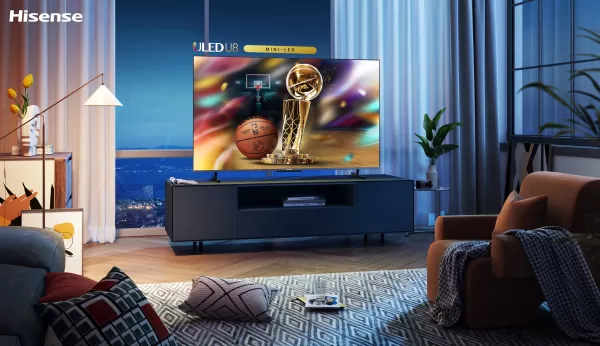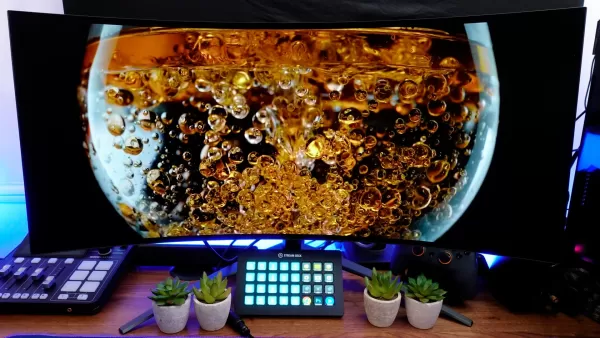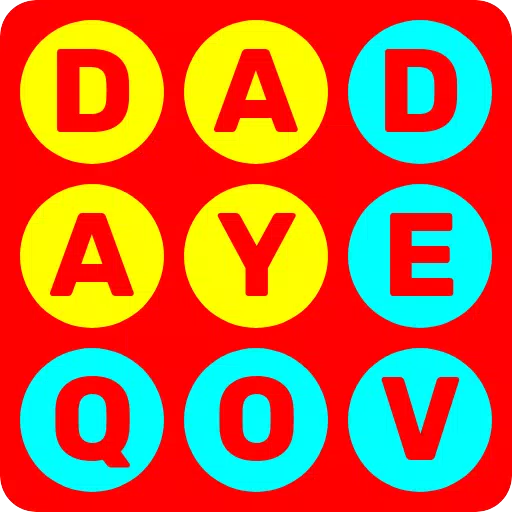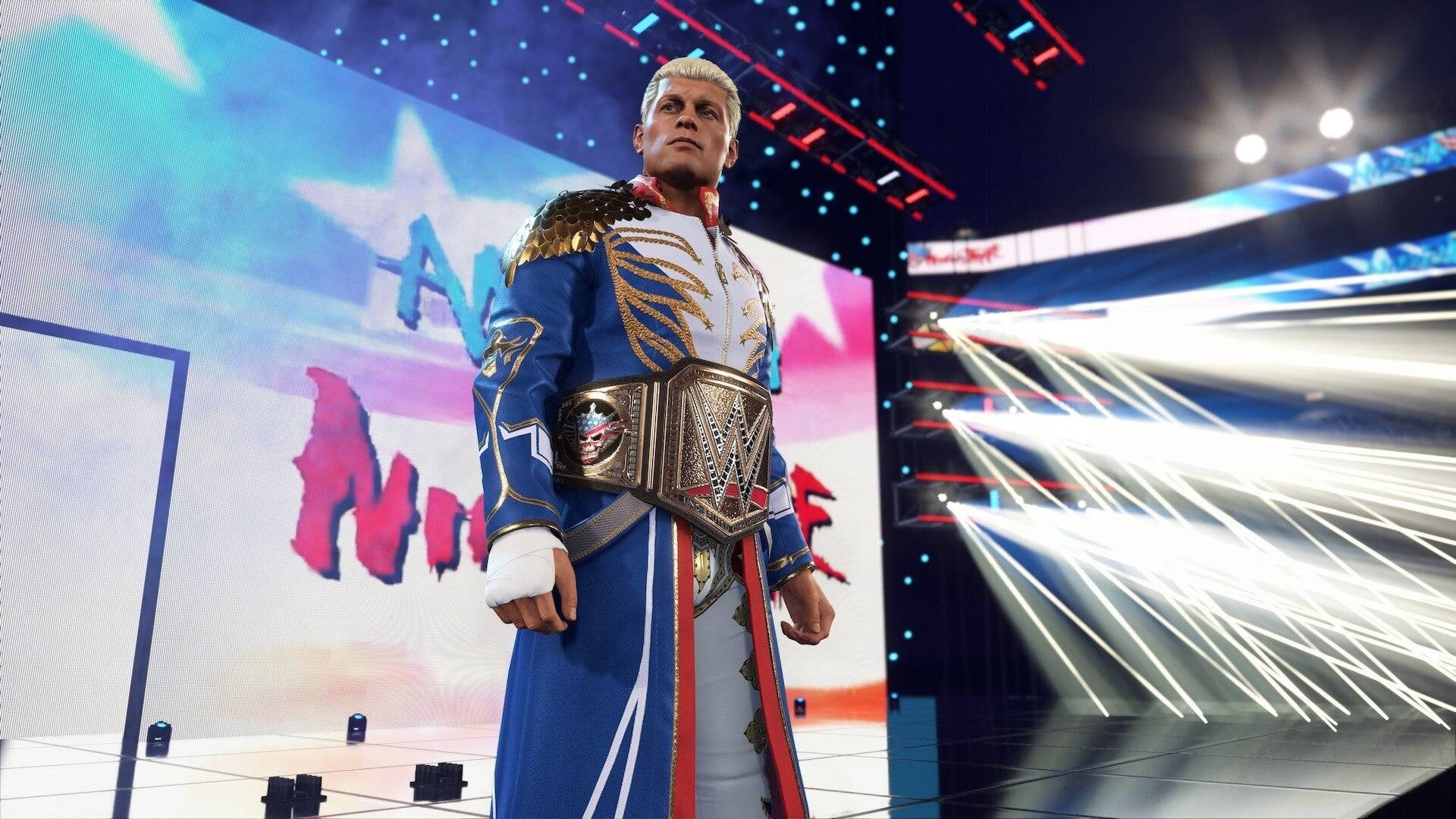I vividly remember purchasing my first OLED TV, the LG E8 55 inch, back in 2019, just before we all retreated into isolation. It turned out to be the perfect companion for those times. Initially, my understanding of OLED (organic light-emitting diode) was superficial. I knew it used self-lit pixels instead of a backlight like LCD displays, which resulted in infinite contrast. But it wasn't until I immersed myself in the vibrant worlds of Final Fantasy XV and The Last of Us Part II that the true potential of OLED hit me. It felt like reliving nostalgic dreams in real-time. Naturally, I didn't stop at the E8.
Years later, I upgraded to the LG C2 65-inch TV, and since then, I've reviewed numerous devices with OLED displays. I've learned that not all OLED screens are the same, and they don't even share identical technology. You might wonder, "How many types of OLED are there?" While there are several, you should focus on three: WOLED, QD-OLED, and AMOLED.
 WOLED, QD-OLED, and AMOLED: How They Work
WOLED, QD-OLED, and AMOLED: How They Work
OLED technology has been around for decades, with companies like Kodak and Mitsubishi experimenting with it. It wasn't until LG launched its OLED TVs in the early 2010s that OLED became mainstream.
LG's version of OLED is known as WOLED (White OLED). Although LG markets it simply as OLED, it's crucial to understand that WOLED uses a pure white OLED layer with an RGBW color filter. This approach addresses the issue of burn-in, which is accelerated by the differing deterioration rates of red, green, and blue emitters in traditional OLEDs. However, WOLED has its challenges, including imbalanced brightness and reduced color volume due to the filtering process. Higher-end WOLEDs attempt to mitigate this with Micro Lens Array technology, which enhances light focus.
In 2022, Samsung introduced QD-OLED (Quantum Dot OLED), a technology that replaces the white OLED layer with a blue one, which then interacts with quantum dot color convertors. This method absorbs and converts light without losing brightness, resulting in more vibrant colors.
AMOLED, on the other hand, is a distinct category, utilizing a thin-film transistor (TFT) layer to control pixel charge, enabling faster pixel activation. However, this comes at the expense of OLED's characteristic infinite contrast.
 WOLED, QD-OLED, and AMOLED: Which Is Better for Gaming?
WOLED, QD-OLED, and AMOLED: Which Is Better for Gaming?
Choosing the right OLED technology for gaming depends on your specific needs and preferences. If you're looking for a straightforward answer, QD-OLED stands out as the best option. However, there are scenarios where WOLED or AMOLED might be preferable.
AMOLED displays are predominantly found in smartphones and laptops due to their flexibility and high refresh rates. They're less common in TVs because of their cost. AMOLED's adaptability makes it ideal for various screen sizes and offers excellent viewing angles. However, they struggle with direct sunlight due to lower peak brightness.
For gaming monitors and TVs, you can choose between WOLED (marketed simply as OLED) and QD-OLED. WOLED's white OLED layer allows for high brightness in whites, but the RGBW filter can lead to a loss of brightness across colors. In contrast, QD-OLED displays provide overall brighter visuals and bolder colors thanks to the light absorption and conversion by quantum dots.
In environments with significant glare, WOLED's ability to maintain true blacks can be less distracting than the purplish tint sometimes seen on QD-OLED displays, which lack a polarizing layer to reduce reflections. While QD-OLED may offer superior color and brightness, the quality of the display ultimately depends on its specifications and price point.
The future of OLED technology might soon include PHOLED (Phosphorescent OLED), which LG has recently announced it's ready to mass-produce. Known as "Dream OLED," PHOLED uses phosphorescent materials for 100% luminous efficiency, surpassing the 25% efficiency of fluorescent materials. This promises brighter displays with lower power consumption. Although PHOLED TVs won't be available imminently, we can expect to see this technology in smartphones and tablets in the near future.

 Latest Downloads
Latest Downloads
 Downlaod
Downlaod




 Top News
Top News









